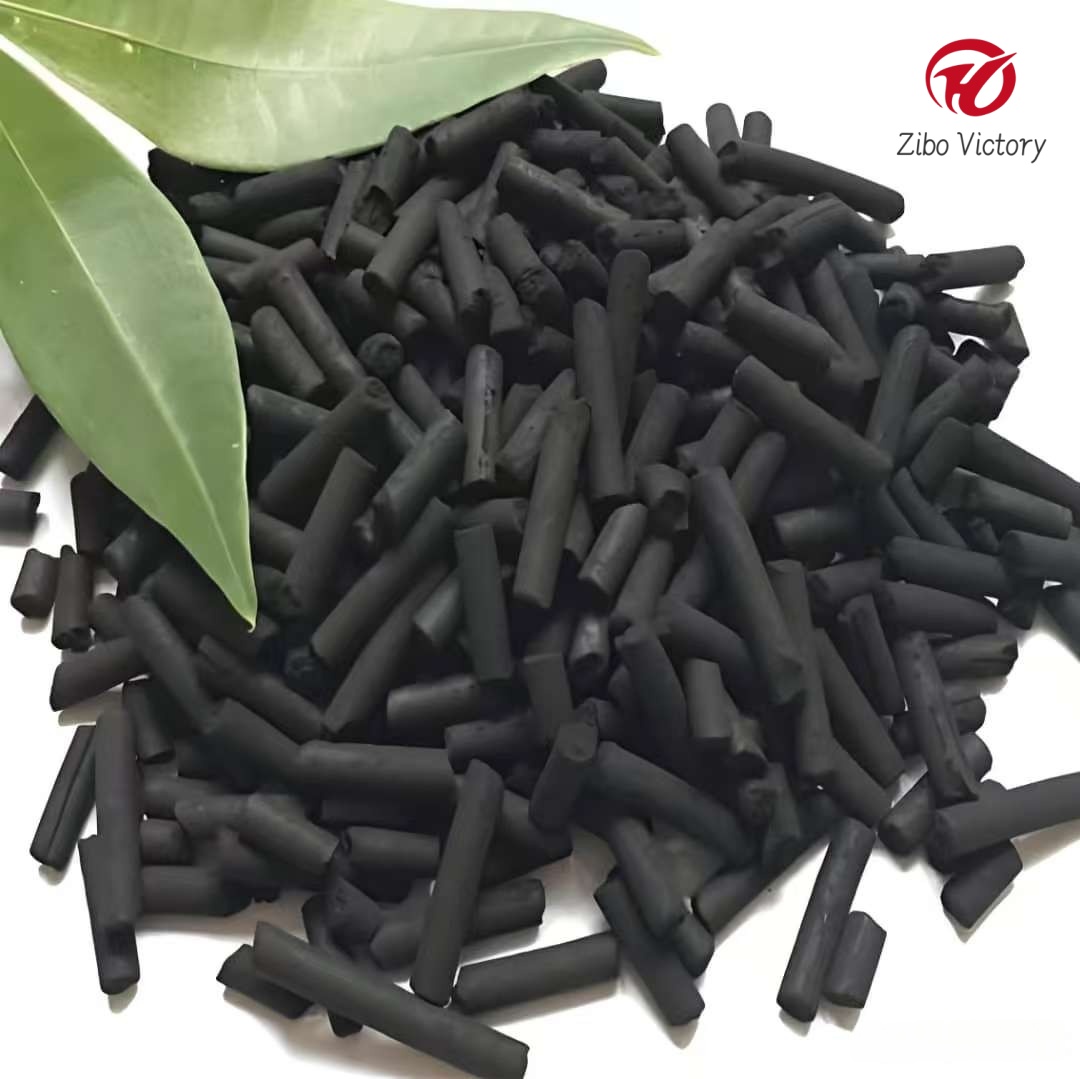Why is activated carbon so widely used?

http://zibovictroy.com/product-Suitability-47.html
Activated carbon is widely used due to several key properties and advantages that make it suitable for a vast range of applications across various industries:
1. High Adsorption Capacity
Large Surface Area: Activated carbon has an extremely large specific surface area, often ranging from 500 to 2,000 square meters per gram. This is achieved through its highly porous structure, which is created during the activation process. The large surface area provides numerous sites for adsorption, allowing it to effectively attract and hold a wide variety of substances on its surface.
Porous Structure: It contains a complex network of micropores, mesopores, and macropores. Micropores (less than 2 nm in diameter) are particularly effective in adsorbing small molecules, while mesopores (2 - 50 nm) and macropores (greater than 50 nm) can accommodate larger molecules or even particulate matter. This multi - scale pore structure enables activated carbon to adsorb different types of substances, from gases and small organic compounds to larger polymers and colloids.
2. Versatility in Adsorbing Substances
Organic Compounds: Activated carbon can adsorb a wide range of organic compounds, including volatile organic compounds (VOCs), such as benzene, toluene, and xylene. In indoor air purification, it helps remove these harmful chemicals released from building materials, paints, and furniture. In wastewater treatment, it is used to remove organic pollutants like dyes, pesticides, and pharmaceuticals, improving water quality.
Gases: It is effective in adsorbing various gases, including odor - causing gases such as hydrogen sulfide (which has a characteristic rotten - egg smell) and ammonia. In gas masks, activated carbon filters out toxic gases, protecting the user from harmful vapors. It can also adsorb carbon dioxide, methane, and other gases, which is relevant in gas separation and storage applications.
Heavy Metals: Activated carbon can adsorb heavy metal ions from aqueous solutions. Metals like lead, mercury, cadmium, and nickel can be effectively removed from wastewater, preventing their release into the environment and safeguarding water resources.
3. Chemical Stability
Resistance to Chemicals: Activated carbon is generally stable in the presence of many chemicals. It is resistant to most acids and alkalis, which allows it to be used in a variety of chemical environments without significant degradation. This property makes it suitable for applications where it may come into contact with different chemical substances, such as in industrial chemical processes or in the treatment of acidic or alkaline wastewaters.
4. Ease of Use and Processing
Form and Shape: Activated carbon can be produced in various forms, such as powder, granules, and extruded shapes (like pellets or honeycomb structures). Powdered activated carbon (PAC) can be easily added to liquid systems, such as in water treatment plants, for rapid adsorption. Granular activated carbon (GAC) is often used in fixed - bed filters, where it provides a more stable and long - lasting adsorption medium. The honeycomb - shaped activated carbon is useful in applications where high - flow rates and efficient use of space are required, such as in some air purification systems.
Regeneration: In many cases, activated carbon can be regenerated, which means its adsorption capacity can be restored after it becomes saturated. Common regeneration methods include heating (thermal regeneration), using chemical solvents, or exposing it to a vacuum. This reusability makes it a cost - effective option for long - term applications, reducing the need for frequent replacement.
5. Abundant Raw Materials and Cost - effectiveness
Raw Materials: Activated carbon can be produced from a wide range of raw materials, including coal, wood, coconut shells, and peat. These raw materials are relatively abundant in many parts of the world, ensuring a stable supply for production.
Cost - Benefit Ratio: Considering its effectiveness in various applications and its potential for regeneration, activated carbon offers a good cost - benefit ratio. In large - scale applications such as water treatment and industrial gas purification, the initial investment in activated carbon and its associated equipment can be offset by the long - term savings in terms of improved product quality, reduced environmental impact, and the ability to reuse the material.
6. Environmental Friendliness
Waste Treatment and Recycling: Activated carbon plays a crucial role in environmental protection by helping to remove pollutants from air, water, and soil. It can be used in waste treatment processes to reduce the release of harmful substances into the environment. Additionally, the use of renewable raw materials like coconut shells or wood for activated carbon production aligns with sustainable and environmentally friendly practices.
In summary, the combination of its excellent adsorption properties, versatility, chemical stability, eas



 Send Email
Send Email +8613325203316
+8613325203316